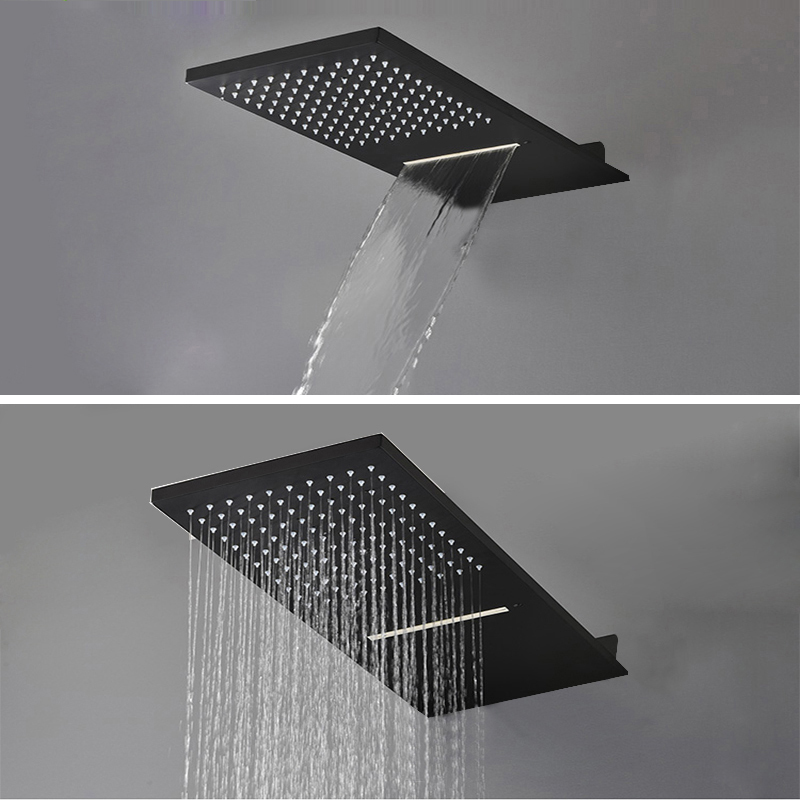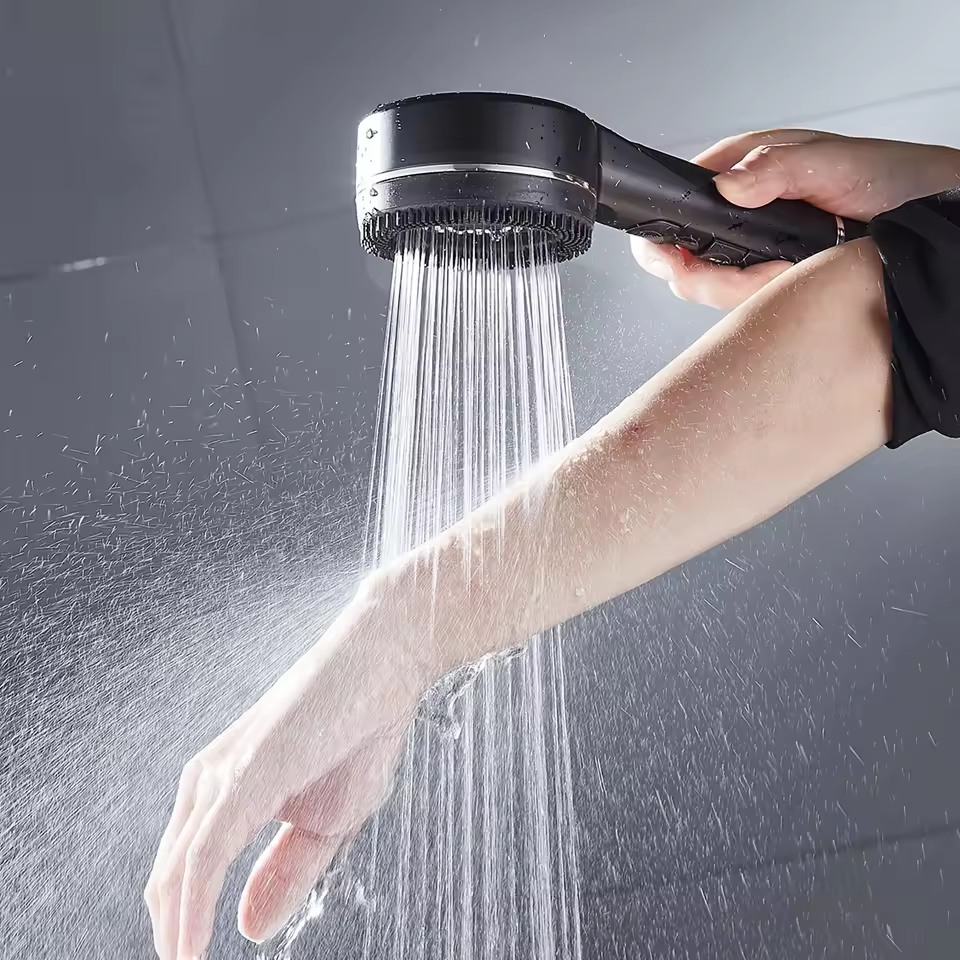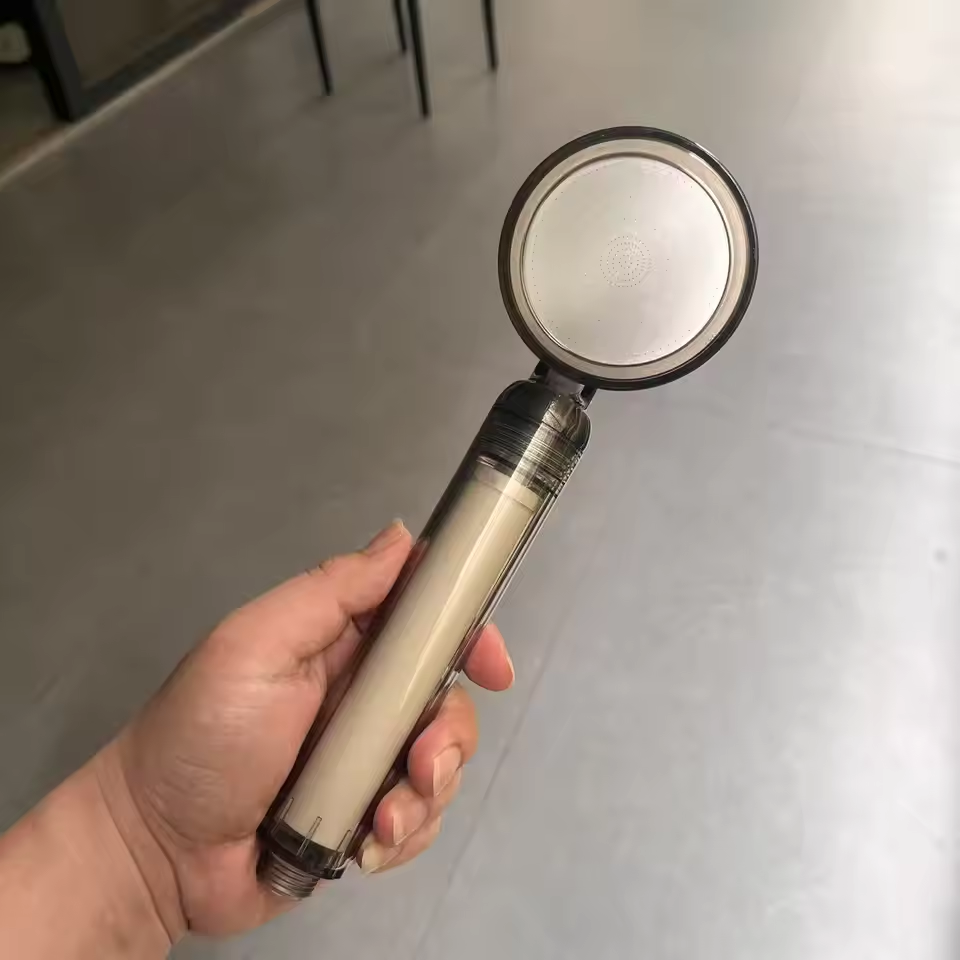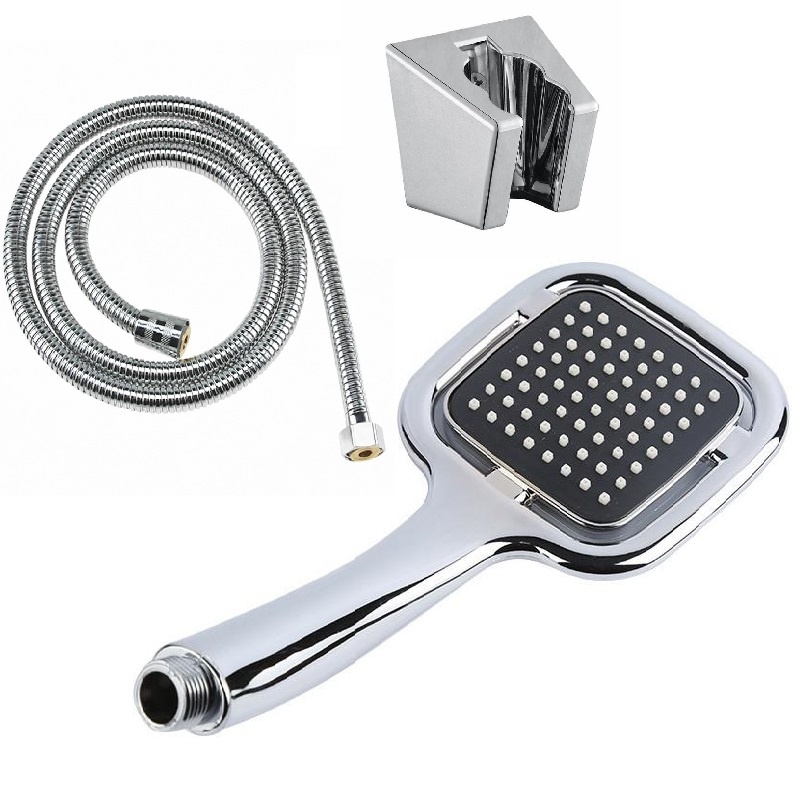Introduction to Ceiling Shower Head Installation
Installing a ceiling shower head can transform your daily shower into a luxurious experience. Unlike traditional wall-mounted models, a ceiling shower head distributes water from above. This mimics a natural rainfall, offering a soothing and immersive sensation. Before starting, it’s vital to understand the scope of the project. Whether you are DIY-inclined or plan to hire a professional, knowing the basics is essential. This guide will cover what you need to consider before installation. We will discuss the tools required, the step-by-step installation process, plumbing considerations, benefits, maintenance tips, and troubleshooting common issues. With the right approach, your ceiling shower head setup will be up and running smoothly. Let’s begin your journey to a more indulgent shower experience.
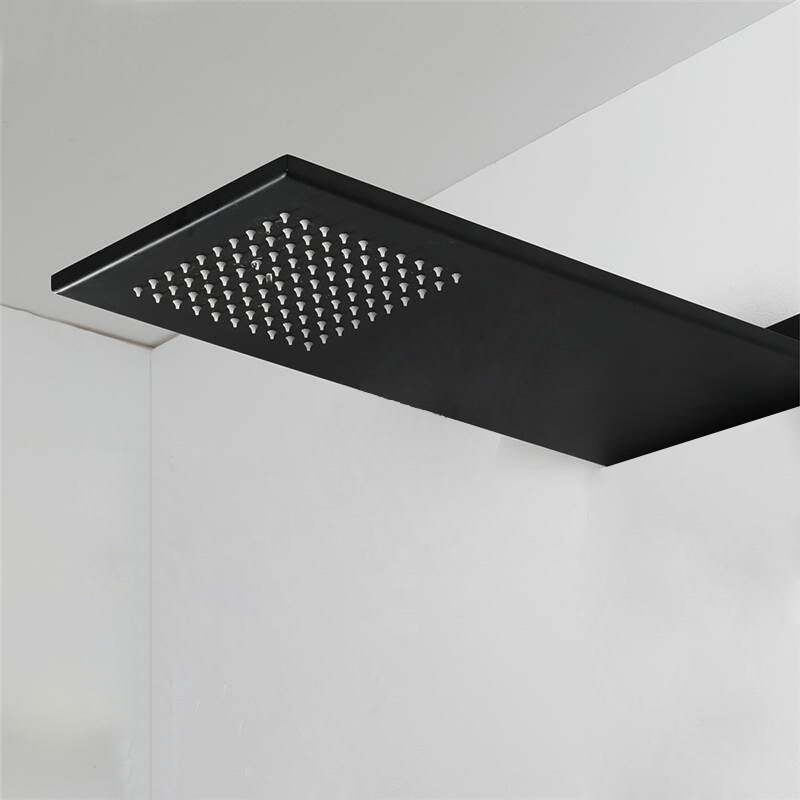
Tools and Materials Needed for Installation
Before embarking on the installation of your ceiling shower head, it’s crucial to gather all necessary tools and materials. This preparation will ensure a smooth and efficient process. Here’s a checklist of what you’ll need:
- Adjustable wrench: Essential for tightening connections.
- Teflon tape: Helps prevent leaks by sealing thread joints.
- Screwdriver set: For fastening brackets and other components.
- Drill with bits: Necessary for creating holes for mounting.
- Stud finder: To locate ceiling joists for secure mounting.
- Ladder: Provides access to the ceiling area.
- Pipe cutter or hacksaw: For cutting pipes to the required length.
- Plumbing supplies: Such as pipes, elbows, and connectors compatible with your ceiling shower head.
- Sealant: To waterproof any seams or joins.
Ensure that you have these items on hand before beginning. Some additional materials might be specific to the brand or model of your ceiling shower head, so always check the manufacturer’s recommendations. Having the right tools and materials ready will pave the way for a successful installation of your new ceiling shower head.
Step-by-Step Installation Process
Embarking on the installation of a ceiling shower head may seem daunting, but with the right steps, it becomes manageable. Here, we walk through a straightforward installation process to assist you in achieving a successful setup.
Choosing the Right Location
Selecting the ideal spot for your ceiling shower head is crucial. Make sure it’s centered in your shower area for optimal coverage. Check for sufficient clearance above and below to ensure a comfortable showering space. Also, consider the existing plumbing; choosing a location close to water lines reduces the complexity and cost of installation.
Preparation of the Ceiling
Preparing the ceiling is essential for a secure installation. Use the stud finder to pinpoint the ceiling joists. These will provide the necessary support for your ceiling shower head. Mark the drilling spots accurately. Next, drill the holes for mounting, and if needed, cut into the ceiling with care to access plumbing lines.
Mounting the Shower Head
Start by attaching the mounting bracket to the ceiling using screws. Ensure it’s level and firmly fixed. Apply Teflon tape on the threads of the shower arm for a watertight seal. Carefully screw in the shower arm into the mounting bracket or the ceiling fixture. Lastly, attach the ceiling shower head to the shower arm, and tighten it with the adjustable wrench. Always refer to the manufacturer’s guide for specifics on the installation of your model.
Throughout each step, handle tools carefully and follow safety guidelines. Wear protective gear like safety glasses when drilling or cutting. Double-check each connection to avoid future issues. After mounting, turn on the water to test for any leaks. Address any immediately to prevent water damage. Congratulations on your new ceiling shower head installation!
Plumbing Considerations for Ceiling-Mounted Shower Heads
Ensuring proper plumbing is key to the effective functioning of your ceiling shower head. Here are some essential plumbing considerations to keep in mind:
- Water Pressure: Ceiling shower heads typically require good water pressure to work effectively. Check your home’s water pressure and consider a pump if necessary.
- Water Lines: Confirm that existing water lines can reach the new location without extensive alterations. If not, additional plumbing work may be needed.
- Support: Ceiling-mounted fixtures need strong backing. Make sure your ceiling can support the weight of the shower head.
- Drainage: Ensure that your drainage system can handle the flow from your new shower head to prevent pooling.
- Valves: Install appropriate valves to control the water flow and temperature. A thermostatic mixer valve is often recommended for ceiling shower heads.
Consult a plumber if you are unsure about any of these aspects. Professional input can save time and prevent costly errors. By addressing these plumbing considerations, you set a strong foundation for a ceiling shower head that operates flawlessly.
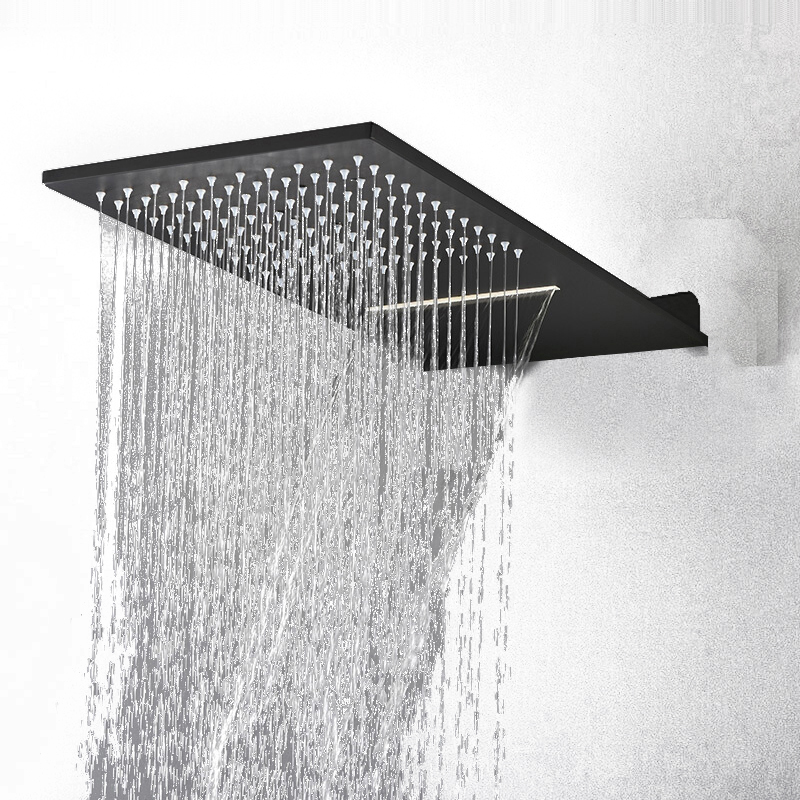
Advantages of Ceiling Shower Heads
Transforming your showering experience, ceiling shower heads come with a multitude of advantages worth considering:
- Aesthetic Appeal: Ceiling shower heads have a sleek, modern design that can enhance the look of any bathroom.
- Enhanced Shower Experience: The overhead design mimics natural rainfall, providing a calming effect that immerses you completely.
- Even Water Distribution: Its location allows for water to cascade evenly over your body, unlike angular sprays from traditional models.
- Space Saving: Since they are installed in the ceiling, these shower heads save wall space, giving your shower a more open, uncluttered feel.
- Reduced Water Splashing: With the water coming straight down, there is less chance of water spraying out of the shower area.
- Customizable Settings: Many models offer various settings, such as mist or massage, for a personalized shower experience.
These features of ceiling shower heads not only provide functional benefits but also contribute to creating a spa-like environment in your home. Installing one can be a valuable upgrade to your daily routine, giving you a fresh start every morning or a relaxing retreat after a long day.
Maintenance and Cleaning Tips
Proper maintenance and cleaning are essential to keep your ceiling shower head working efficiently. This will not only ensure a more enjoyable shower experience but also extend the life of your shower head. Here are easy yet effective tips for keeping your shower head in top condition:
- Regular Cleaning: Wipe the shower head after each use to prevent limescale buildup. Use a soft cloth to avoid scratching.
- Deep Cleaning: Once a month, remove the shower head and soak it in a vinegar solution. This dissolves mineral deposits.
- Avoid Harsh Chemicals: Steer clear of abrasive cleaners that can damage the finish. Opt for mild soap and water instead.
- Filter Check: If your shower head has a filter, clean it frequently to remove debris.
- Check for Clogs: Inspect the nozzles occasionally and use a toothpick to clear out any blockages.
- Sealant Inspection: Periodically review the sealant around the shower head for signs of wear or leaks.
By integrating these steps into your cleaning routine, your ceiling shower head will continue to provide optimal performance. Always consult the manufacturer’s care instructions specific to your model for best results.
Troubleshooting Common Issues
Even with careful installation and maintenance, you may face some common issues with ceiling shower heads. Here’s how to diagnose and fix them efficiently.
Dealing with Water Pressure Problems
If your ceiling shower head has weak water flow, check the water pressure in your home. You might need a pump to boost it. Also, clean any clogged nozzles to improve water flow. Make sure valves are fully open for maximum pressure.
Addressing Leaks and Drips
Leaks can come from loose connections. Tighten all joins with an adjustable wrench. If drips continue, apply Teflon tape to secure thread joints. Replacing worn out washers in the shower arm might also stop the leaks. Always turn off water supply before repairs to avoid water damage.
